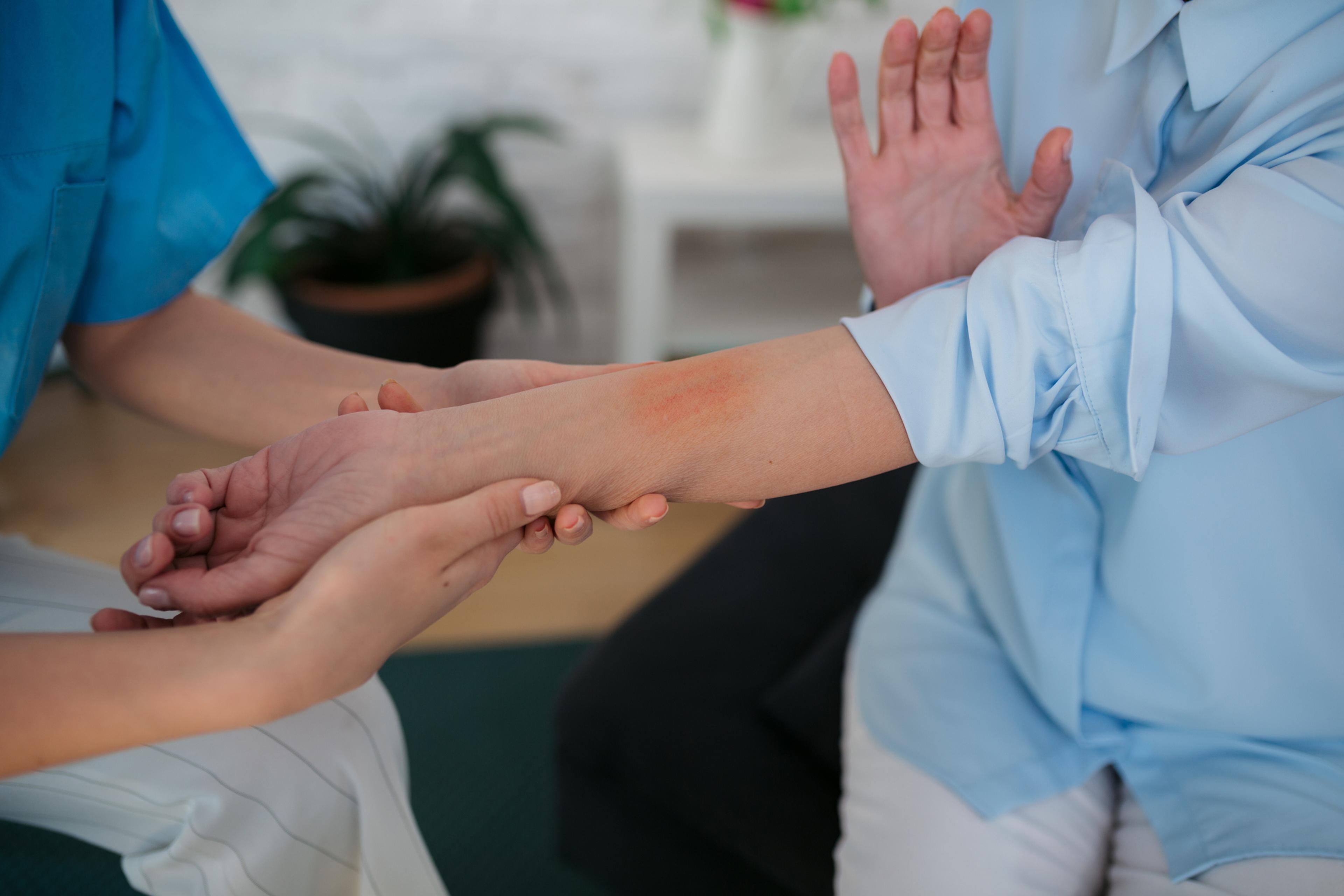When Kids Cut: Understanding Self-Harm

Julie Bitely
| 4 min read

It’s no secret that the mental health of children during the COVID-19 pandemic has been tested. The proportion of children visiting the emergency room for mental health-related reasons in 2020 increased by 24% for kids ages 5-11 and by 31% for those 12-17 compared to 2019 visits, according to the Centers for Disease Control and Prevention.
Engaging in self-harm is one mental health behavior that adolescents and teens are adept at keeping secret, concealing harm to themselves under clothing. Some experts have expressed concern that virtual learning combined with the stress of uprooted social connections provides additional cover for kids harming themselves in order to deal with their feelings. Seeing fewer adults and friends in-person means less opportunity for warning signs to be spotted or for kids to disclose what’s going on.
What is self-harm or self-injury?
According to the American Psychological Association, the condition “is characterized by deliberate self-inflicted harm that isn’t intended to be suicidal.” The clinical term for the behavior is non-suicidal self-injury, (NSSI) and it includes behaviors such as cutting or burning the skin, inflicting bodily harm through hitting themselves or banging body parts into walls among other behaviors.
“It functions as a self-calming mechanism by releasing natural opioids as a consequence of the injury and pain and creates a sense of calm for a short time,” explains Dr. William Beecroft, medical director, Behavioral Health, Blue Cross Blue Shield of Michigan. “Like external opioids, it can become addicting and habitual. The injury itself opens the skin to infection and cellulitis can be the physical result of such continued behavior. This can become life threatening if infected with MRSA.”
Who typically engages in self-harm behavior?
Adolescents and teens have higher rates of NSSI, with recent studies indicating the behavior could affect as many as 1 in 4 teenage girls and 1 in 10 teen boys. Self-injury is less common in adults and young children, according to the APA, although self-injury risk increases when children have a corresponding anxiety disorder or chronic mental health issues.
Why do kids self-harm?
Mental health experts tend to think NSSI is a way to control or cope with emotional distress. It’s not classified as a mental illness but can be tied to mental illnesses such as depression and anxiety. When kids don’t have healthy ways to cope with feelings of anger or frustration, self-harm can serve as a release. Self-injury is also thought to be a way of asserting control, something adolescents and teens often feel a lack of in their lives.
What are the signs to look for?
Kids who are self-injuring might have scars that are uniform in nature. They might seem to be “accident-prone” with frequent unexplained injuries. They’re also likely to wear clothes that conceal self-harm even in warmer weather. According to the Mayo Clinic, other signs could include “emotional instability, impulsivity and unpredictability” or “statements of helplessness, hopelessness or worthlessness.”
How to get help
If you suspect your child or a child in your care is intentionally harming themselves, it’s important to start a dialogue and seek treatment. Therapy can be an effective way to help kids develop better coping strategies and manage emotions in healthy ways.
—
Blue Cross Blue Shield of Michigan and Blue Care Network can help members find an in-network mental health professional by calling behavioral health access lines listed below:
PPO: Behavioral Health Access Line | 1-800-762-2382
- A free and confidential resource that’s just a call away when you need immediate support. Behavioral health professionals answer, 24/7.
HMO: Behavioral Health Access Line | 1-800-482-5982
- Connect with a behavioral health clinician if you need help finding a mental health or substance use provider.
- Behavioral health clinicians are available for routine assistance from 8 a.m. to 5 p.m., Monday through Friday. For urgent concerns after hours, clinicians are also available 24 hours a day, seven days a week.
Learn more about mental health and options you have as a member to seek help at bcbsm.com/mentalhealth.
Related:
Photo credit: Getty Images





